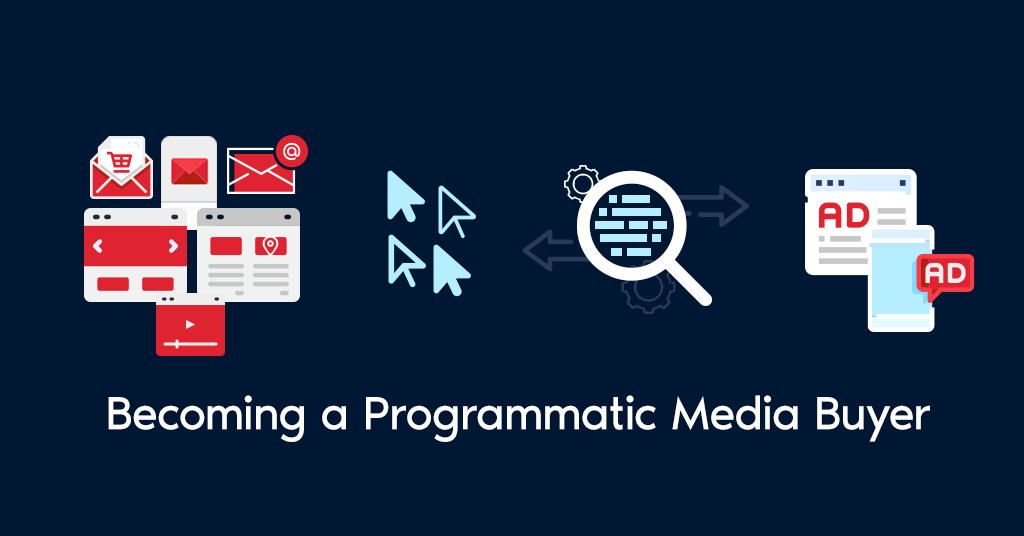
Paid Advertising is an amazing way to grow your media presence. Programmatic media buying makes paid advertising easy and accessible. If you are looking to becoming a programmatic media buyer, you should know all components of it.
Though, what exactly is programmatic media buying? Media buying in general is the process of buying advertising space. The process of programmatic media buying involves the use of automated technology for media buying, opposed to traditional methods of digital advertising.
In order to understand more about becoming a programmatic media buyer, it important to learn about all of the components. In this article, we will go over everything involved with this process.
Types of Programmatic Media Buying
There are three types of programmatic media buying. Real Time Bidding (RTB), or “open auction” is the first type. As the name states, RTB is when prices are decided in real-time, through an auction. This is open to anyone involved in media buying. RTB is the most cost-effective form of this process.
Next, you have Private Marketplace (PMP). PMP is very similar to open auction, though there are restrictions. The restrictions are specifically for who is able to participate in media buying. Only certain selected advertisers have access to this type of the process, done on an “invite-only” basis. Although, sometimes publishers have a selection process that allows advertisers to apply for an invitation. This is only true in certain cases.
Finally, the third type of programmatic media buying is Programmatic Direct. Programmatic Direct is when a publisher bypasses auctions. Basically, a fixed price for each sale is determined before sold to advertisers. There are no other prices offered or negotiated.
Components of Programmatic Media Buying
There are three core things that make up this process. These three things are important to know and understand.
The first component is a Sell-side platform (SSP). This platform is the side where publishers sell their ads. It is simply a software that helps publishers connect with buyers.
Next, there is the Demand-side platform (DSP). DSP is the side where advertisers go to find ad inventory so they can market their business.
Imagine so far that programmatic media buying is a Jewelry counter at a mall. The sell-side platform is the side of the counter where the jewelry is locked up. The employee, the seller, is on this side of the counter. On the other side, the DSP, is where the customer is browsing the jewelry and looking at what to purchase.
Finally, the last component is the Ad Exchange. The ad exchange is where the buying and selling connect. It is the part of the process where prices are agreed upon between the publisher and the advertiser.
Why is this Important?
There are a few different advantages to programmatic media buying. This process is becoming an effective way to grow your business. Because there are three different types of this process, there are different advantages for each. One type is more cost-effective than the others, and one is more straight to the point.
We will be going more in depth on the advantages of this process in a future blog post.
Conclusion
Programmatic media buying can be a difficult process to understand. There are multiple types and components that come with it. So, if you want to become a programmatic media buyer, you must understand the process thoroughly.
If you have any questions:
